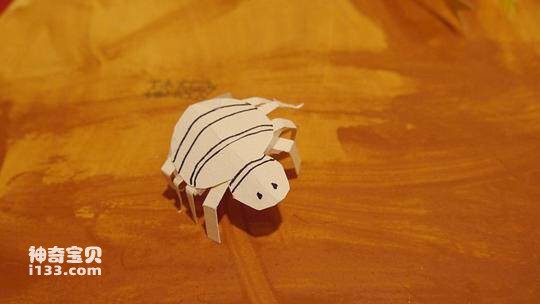Radiolarians and foraminifera are both protozoa, and they belong to the phylum Protozoa of Sarcopodia. In addition to Sarcopoda, protozoa include Flagellates, Ciliates, and Sporozoa.
Protozoa are the lowest animals in the animal kingdom. Their bodies are only composed of a single cell. The individuals are very tiny, generally less than a quarter of the size. One millimeter. But this small single cell is a complete living entity that can live independently and has the main life functions of an animal. Each part of the cell differentiates to form a structure called an "organoid". Perform various functions. For example, protozoa often have flagella, cilia or pseudopods as their locomotion organs.
Most protozoa live in the ocean or fresh water. Some species live in moist soil, and some live parasitic life.
So far, no fossil species have been found in the class Giardia and Sporozoa. Many fossils of Tintinella, a large category in the class Ciliates, have been discovered.

The bodies of tintinids are usually conical or trumpet-shaped, and the cells grow in a In a rather delicate bottle-shaped hard shell, the cells have a wide front end and a feather-like membrane around the edge as a motor organ. Tintin worms live planktonic and are widely distributed in the photic zone of all oceans. Only a few species live in freshwater waters. Due to their sensitivity to seawater temperature and salinity, modern Tintinella populations have formed different combinations in polar regions, temperate zones, subtropics, tropical seas, as well as estuaries, lakes and swamps.
The shell of a tintin worm is called dinga. The shell wall is usually composed of pseudochitin or organic matter secreted by cells and foreign minerals. Particles and biohard shells are cemented together. The shape of Dingjia varies from species to species, including bell-shaped, spherical, cone-shaped, bottle-shaped, nail-shaped or bullet-shaped, etc.
Tintinid fossils are mainly preserved in limestone, but some also appear in marl, black silica, shale, glauconite clay and peat. Fossil records show that tintinids first appeared in the Silurian Period, and were more abundant from the Jurassic to the Cretaceous. After the Late Cretaceous, no fossils appeared, but in modern times they are extremely prosperous. It is really mysterious.
animal tags: Tintinaria Radiolaria Foraminifera Protozoa
We created this article in conjunction with AI technology, then made sure it was fact-checked and edited by a Animals Top editor.